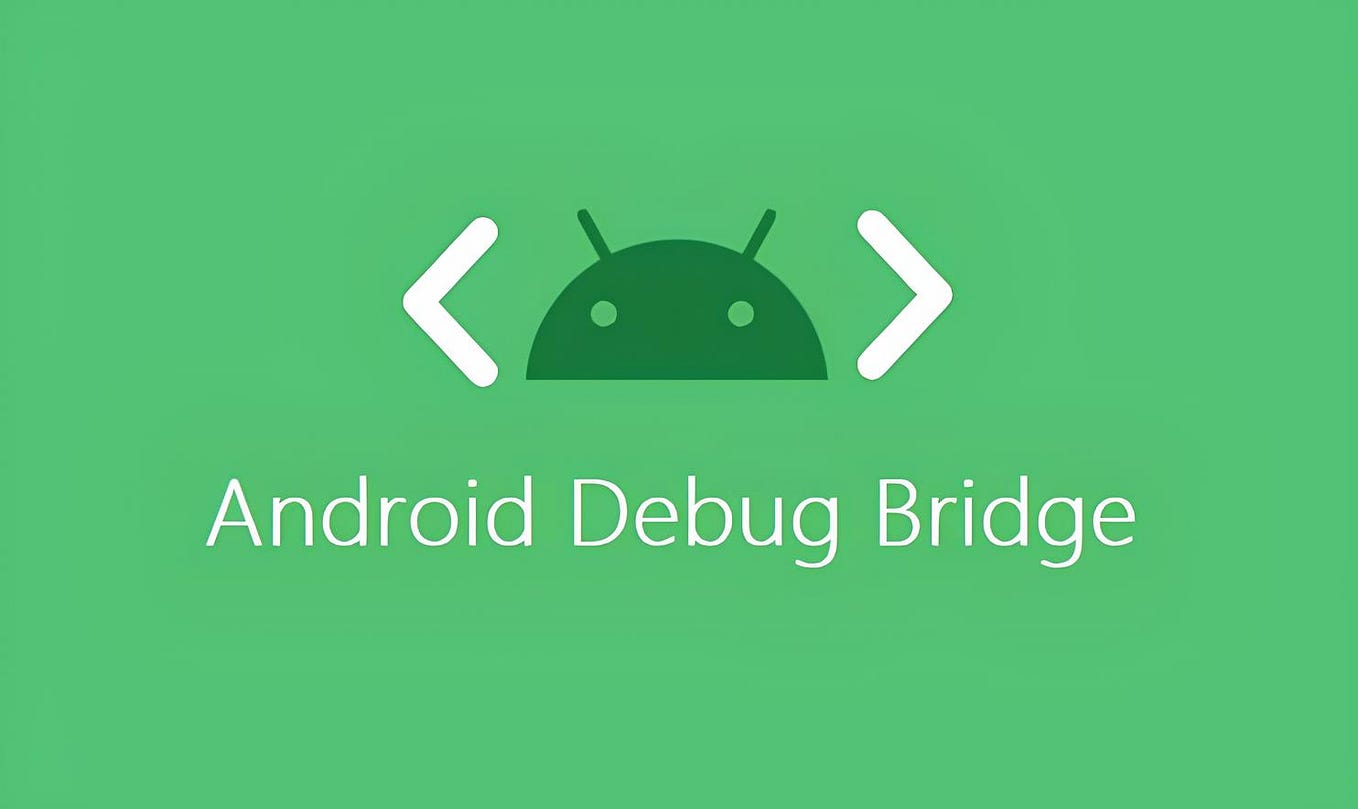
Introduction
Android Debug Bridge (ADB) is a powerful tool enabling developers and power users to interact with Android devices from Windows machines. It offers a comprehensive set of commands for installing, uninstalling, and managing applications, as well as debugging and troubleshooting device issues. This article will guide you through mastering ADB integration with Windows.
Setting Up ADB
Before using ADB, set it up on your Windows machine by following these steps:
- Install the Android SDK: Download the Android SDK from the official Android website. Extract the contents to a directory on your machine.
- Add Platform Tools to Your Path: The platform tools directory contains the ADB executable. Add this directory to your system's PATH environment variable to run ADB commands from any directory.
- Enable USB Debugging: On your Android device, go to Settings > Developer Options and enable USB debugging. This allows ADB to communicate with your device.
- Verify ADB Installation: Open a command prompt or terminal window and type
adb devices. If ADB is correctly installed and your device is connected, a list of connected devices will appear.
Basic ADB Commands
With ADB set up, start using various commands to interact with your Android device. Here are some commonly used ADB commands:
Displaying Device Information
To get a list of all connected devices, use:
adb devices
This command displays all devices detected by ADB on your computer.
Installing Applications
To install an APK file on your device, use:
adb install <path/to/apk>
For example, to install myapp.apk from the C:\Users\YourUsername\Downloads directory:
adb install C:\Users\YourUsername\Downloads\myapp.apk
Uninstalling Applications
To uninstall an application from your device, use:
adb uninstall
For example, to uninstall an app with the package name com.example.app:
adb uninstall com.example.app
Opening a Shell on the Device
To open a shell on your device and execute commands directly, use:
adb shell
This command gives you a command prompt on your device for executing various system commands.
Pushing and Pulling Files
To push a file from your computer to your device, use:
adb push
For example, to push example.txt from your local machine to /sdcard/ on your device:
adb push C:\Users\YourUsername\Documents\example.txt /sdcard/
To pull a file from your device to your local machine, use:
adb pull
For example, to pull example.txt from /sdcard/ on your device to your local machine:
adb pull /sdcard/example.txt C:\Users\YourUsername\Documents\
Recording the Screen
To start recording the screen of your device, use:
adb screenrecord /sdcard/demo.mp4
This command starts recording the screen and saves it as an MP4 file in the /sdcard/ directory. To stop recording, press Ctrl + C.
Capturing Screenshots
To capture a screenshot of your device's screen, use:
adb exec-out screencap -p >
This command captures the current screen and saves it as a PNG file in your local directory.
Advanced ADB Commands
ADB also provides several advanced commands useful for debugging and testing purposes.
Displaying Log Messages
To display log messages in real-time, use:
adb logcat
This command shows all log messages generated by your device, helpful for debugging purposes.
Granting and Revoking Permissions
To manage app permissions using ADB, use the following commands:
-
Granting Permissions: To grant a permission to an application, use:
bash
adb shell pm grant <your.package.name>For example, to grant the READ_PROFILE permission to an app with the package name
com.example.app:
bash
adb shell pm grant com.example.app android.permission.READ_PROFILE -
Revoking Permissions: To revoke a permission from an application, use:
bash
adb shell pm revoke <your.package.name>For example, to revoke the READ_PROFILE permission from an app with the package name
com.example.app:
bash
adb shell pm revoke com.example.app android.permission.READ_PROFILE
Resetting Permissions
To reset the runtime permissions for all apps on your device, use:
bash
adb shell pm reset-permissions
This command resets the runtime permissions for all apps on your device. Resetting permissions for a specific package only is not possible.
Using ADB Over WiFi
In some cases, using a USB cable might not be convenient. ADB provides an option to connect to your device wirelessly using WiFi. Here’s how to set it up:
-
Connect Your Device via USB: First, connect your Android device to your computer via a USB cable.
-
Enable ADB Over WiFi: Open a command prompt or terminal window and type:
bash
adb tcpip 5555 -
Disconnect Your Device: Disconnect your device from the computer.
-
Find Your Device’s IP Address: Go to Settings > About Phone > Status > IP address on your Android device.
-
Connect via WiFi: Type the following command in the command prompt or terminal to connect to your device over WiFi:
bash
adb connect:5555 -
Verify Connection: If the connection is successful, a message saying “connected to
:5555” will appear.
Tools for Enhanced Debugging
While ADB provides robust commands for debugging and testing, additional tools can enhance your debugging experience.
Bugfender
Bugfender complements ADB by providing real-time logs and crash reports. It allows access to logs and crashes remotely, useful when physical access to devices is unavailable.
scrcpy
scrcpy is an open-source tool allowing you to view and control your Android device’s screen from your computer. It is particularly useful during pairing sessions or when demonstrating something on the device screen. Install it using Homebrew on macOS:
bash
brew install scrcpy
Once installed, share your screen by running:
bash
scrcpy –show-touches
This command displays your device’s screen on your machine, allowing control via mouse and keyboard.
Final Thoughts
Mastering ADB commands is vital for any Android developer or power user. Integrating ADB with Windows streamlines workflows and automates repetitive tasks. The commands provided by ADB cover a wide range of functionalities, from installing and uninstalling applications to debugging and troubleshooting issues. Additionally, tools like Bugfender and scrcpy can further enhance your debugging experience by providing real-time logs and remote screen control.
ADB is a powerful tool that should be part of every Android developer’s toolkit. With its comprehensive set of commands and the ability to integrate with other tools, managing and debugging Android devices becomes much easier and more efficient.
